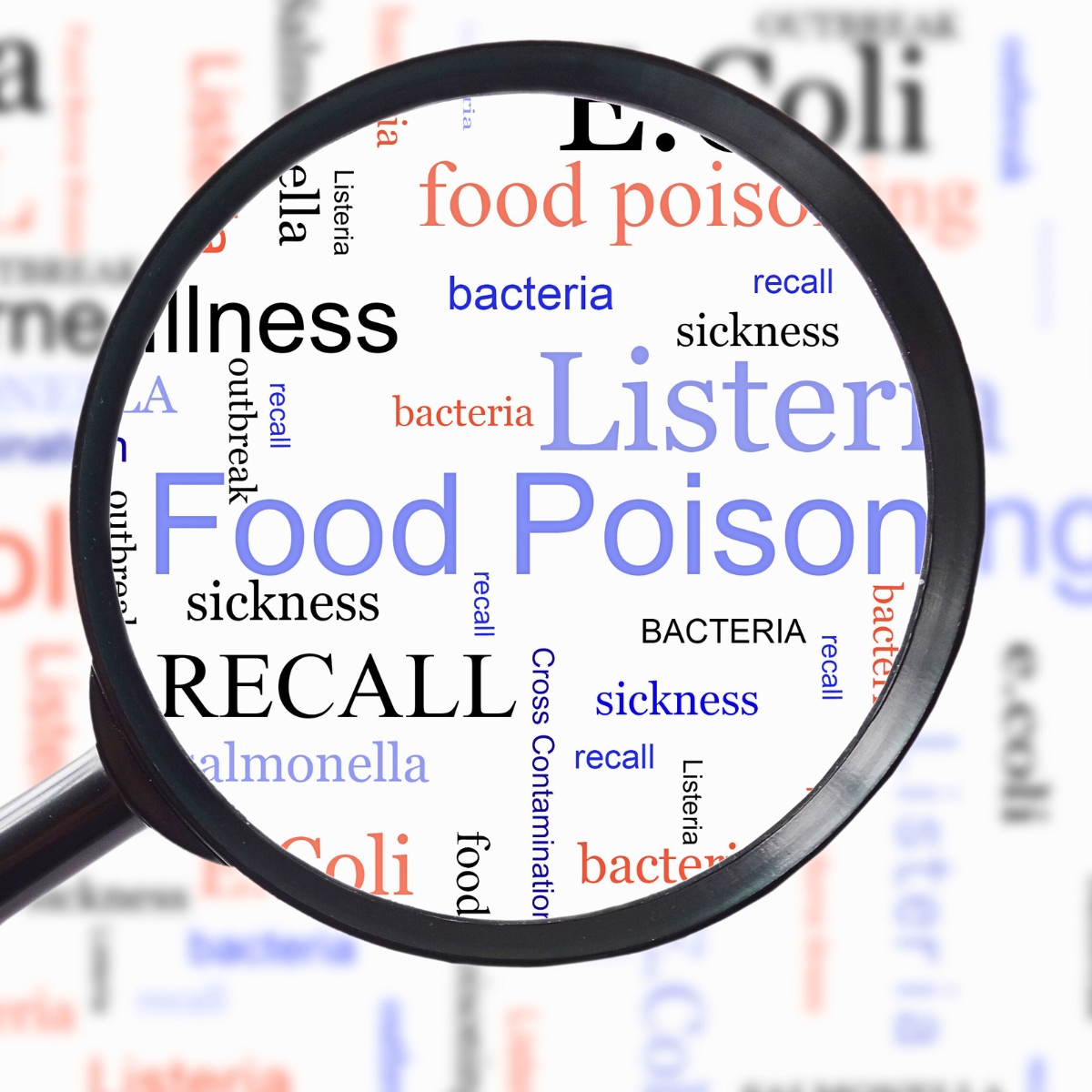Food Safety in the UK and U.S.
Foodborne illness is a serious problem in both the UK and the U.S., but the way each country handles it varies. UK guidelines tend to be stricter, especially with perishable food like rice and dairy, while U.S. rules often give a little more leeway.
In the UK, around 2.4 million people suffer from foodborne illnesses annually, costing the economy up to £9 billion. Bacteria like Campylobacter and Salmonella are the main causes, with Listeria posing a serious risk due to its high mortality rate of nearly 13% (ukri).
Meanwhile, in the U.S., the CDC reports around 48 million cases of foodborne illness each year, affecting approximately 1 in 7 Americans (based on 2024 population data). Salmonella, Campylobacterand E. coli are the most common pathogens, leading to about 128,000 hospitalizations and 3,000 deaths annually.
A recent E. coli O157 outbreak linked to McDonald’s Quarter Pounders has sickened 49 people, leading to 10 hospitalizations and 1 death. McDonald’s has temporarily removed slivered onions and beef patties in affected states like Colorado and Nebraska while the CDC investigates the contamination source (CDC).
In November 2024, a multistate outbreak of E. coli O121 infections was linked to organic whole and baby carrots distributed by Grimmway Farms, resulting in 39 illnesses, 15 hospitalizations, and one death across 18 states. (CDC)
One notable difference is how food safety is managed. The UK has stricter guidelines, in part to reduce the strain on the NHS. In the U.S., individuals are often responsible for managing food safety risks at home, though the FDA and CDC provide national guidelines. However, enforcement can vary across states, which adds complexity to food safety in the U.S.
Understanding these differences helps when handling and storing food safely, especially with leftovers, and avoiding food poisoning. Let’s break down the differences between the two countries’ recommendations for key food groups.

